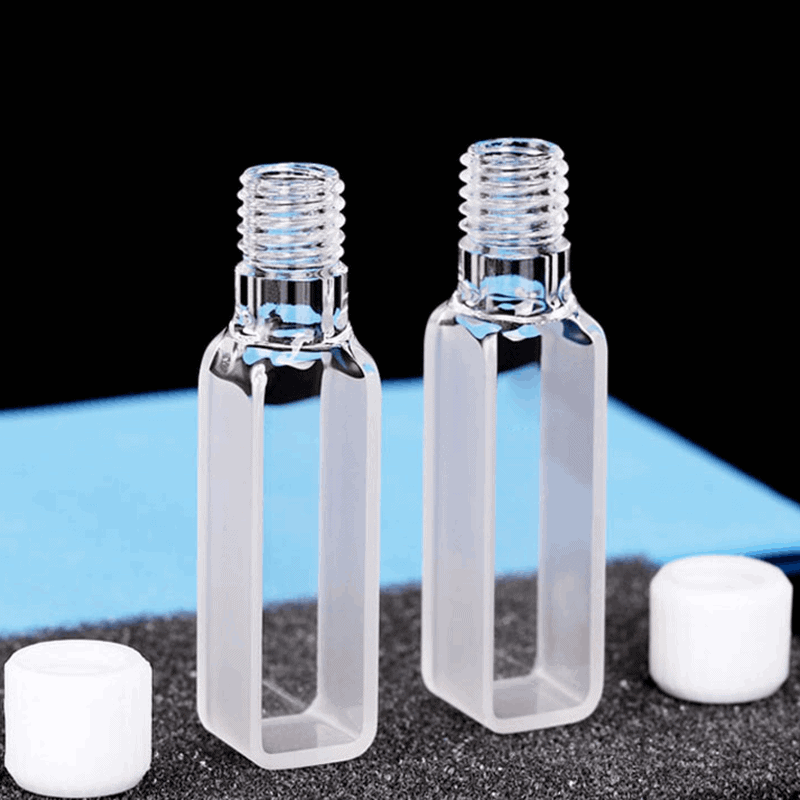Understanding the Great things about Quartz Vials in Laboratory Applications
Understanding the Great things about Quartz Vials in Laboratory Applications
Blog Article

The Advantages of Cuvettes and Quartz Vials in Clinical Research
In medical study, the reliability and stability of proportions are paramount, especially in fields like spectroscopy, chemical analysis, and biology. One critical ingredient that ensures precision in these studies may be the cuvette, specially quartz vials. Knowledge the benefits of cuvettes and the advantages of using quartz vials can somewhat influence the end result of studies and lab work.
Accuracy in Spectroscopy
Cuvettes are necessary for keeping water products in a variety of logical tools, most notably spectrophotometers. These devices gauge the absorbance or transmission of light through an example, and the cuvette serves since the pot for the sample all through analysis. The measurement and product of the cuvette perform a crucial position in ensuring the reliability of the measurements. Quartz vials, exclusively, present excellent visual clarity, enabling appropriate gentle sign across a wide range of wavelengths, including ultraviolet (UV) light. This makes quartz vials an excellent selection for spectroscopic experiments, wherever detail is critical.
Durability and Compound Resistance
Quartz vials stick out for his or her longevity and weight to hard chemicals. Unlike plastic cuvettes, quartz vials are less inclined to weaken or respond with substances in the sample, ensuring that the results of the experiment stay unaffected by possible contamination. That characteristic makes quartz vials particularly useful in surroundings wherever aggressive solvents or large conditions are involved. Their power to endure extreme conditions without compromising the reliability of the trial is one of many major factors they're favored in many lab applications.
Precision in Size and Shape
How big a cuvette is not a one-size-fits-all situation. The dimension of the cuvette, such as their course period, impacts the quantity of the taste and the total amount of gentle that goes through. Choosing the proper cuvette size for the precise test ensures that the email address details are perhaps not manipulated as a result of under or over-concentration of the sample. Quartz vials come in a number of dimensions and forms, allowing analysts to select the absolute most appropriate choice based on the requirements of their experiment. That flexibility plays a role in more correct information and makes for greater get a grip on around fresh conditions.
Transparency and Mild Indication
Quartz is known for its outstanding openness, specially in the uv (UV) and visible light spectra. That makes quartz vials suitable for use in tools that require obvious optical paths, such as for example UV-Vis spectrophotometers. The remarkable light sign qualities of quartz make certain that the light goes through the taste with little dropping or absorption, ultimately causing more appropriate readings. For tests that demand large accuracy, quartz vials give a distinct benefit over other materials.
Long-Term Consistency
When in study labs, it is essential to own trusted methods that maintain their integrity around time. Quartz vials aren't only chemically resistant but additionally extremely durable, meaning they are less inclined to knowledge wear and tear. This long-term consistency assures that researchers can use quartz vials for expanded periods without worrying all about destruction or the need for frequent alternatives, contributing to cost-effectiveness in the long run.
To conclude, both cuvettes and quartz vials present a selection of advantages that enhance the quality and reliability of laboratory experiments. From their superior visual quality with their compound opposition and longevity, these methods are vital in medical research. By selecting the right cuvette measurement and applying quartz vials, analysts can ensure specific proportions and achieve more reliable effects inside their studies. Report this page